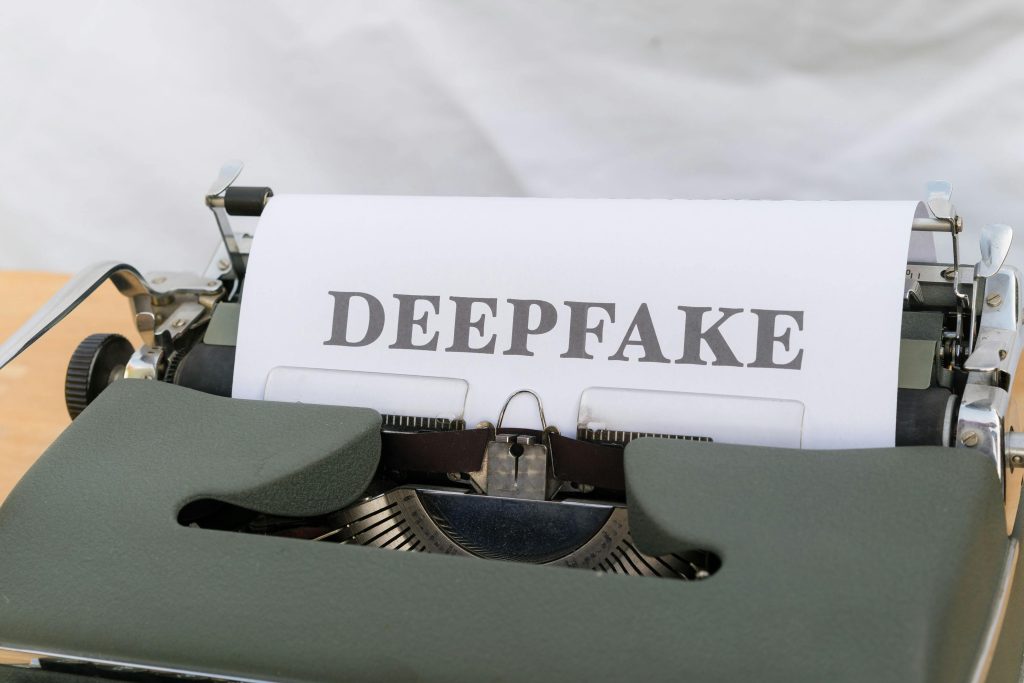Deepfake Provisions Under Indian Law

The term “deepfake” comes from the combination of “deep learning” and “fakes”. Deepfake technology is a machine learning algorithm that uses Generative Adversarial Networks (GAN). This technology has proved the famous proverb wrong: “Seeing is believing”. Since there are no specific laws to deal with offences related to Artificial Intelligence and deepfakes, India is relying on the Information Technology Act 2000 along with other criminal laws to tackle the deepfakes in India. Therefore, all legal professionals must know and understand which provisions will apply to deepfake offences in India. This article will discuss the important provisions that are applicable when someone commits an offence of deepfake.
The following provisions are applicable when a person commits an offence of deepfake in India:-
PROVISION UNDER THE INFORMATION TECHNOLOGY ACT:
In case, a person has invaded the person’s privacy-
Section 66C states punishment for identity theft: Whoever, fraudulently or dishonestly makes use of the electronic signature, password or any other unique identification. Imprisonment up to 3 years and a fine of up to one lakh.
Section 66E states punishment for violation of privacy: Whoever, intentionally or knowingly captures, publishes or transmits the image of a private area of any person without his or her consent. Punished with imprisonment up to 3 years or with a fine up to 2 lakhs or with both.
In case, a person has published sexual content electronically–
Section 67 states Punishment for publishing or transmitting obscene material in electronic form: Whoever publishes or transmits or causes to be published or transmitted in the electronic form any material which is lascivious or appeals to prurient interest or deprave/corrupts person’s mind. Punished with imprisonment up to 3 years and with a fine up to 5 lakhs, and on a second or subsequent occasion, imprisonment up to 5 years and with a fine up to 10 lakhs.
Section 67A states the punishment for publishing or transmitting material containing sexually explicit act, etc., in electronic form: Whoever publishes or transmits or causes to be published or transmitted in the electronic form any material which contains sexually explicit act or conduct. Punishment- on the first occasion, imprisonment of up to 5 years and a fine of up to 5 lakhs, on the second or subsequent occasion, imprisonment of up to 7 years and fine of up to 10 lakhs.
In case, a person has published child-related sexual content electronically-
Section 67B states the punishment for publishing or transmitting material depicting children in sexually explicit acts, etc., in electronic form: Whoever publishes or transmits or causes to be published or transmitted in the electronic form any material which depicts children engaged in sexually explicit acts or conduct. This section covers so many instances under which a person can be punished. Punishment- on the first occasion, imprisonment of up to 5 years and a fine of up to 5 lakhs, on the second occasion, imprisonment of up to 7 years and fine of up to 10 lakhs.
The offence depicting children may also attract other provisions as provided under the POCSO Act.
PROVISIONS UNDER THE INDIAN PENAL CODE:
Section 463 r/w Section 465 (Forgery: These sections state the offence of Forgery. Section 463 states that whoever makes any false documents or false electronic record or part of a document or electronic record, with intent to cause damage or injury, to the public or any person. Punishment for 2 years or fine or both.
Section 469 states Forgery to harm reputation: Whoever commits forgery, intending that the document or electronic record forged shall harm the reputation of any party, or knowing that it is likely to be used for that purpose, shall be punished with imprisonment of up to three years, and shall also be liable to fine.
Conclusion:
It is estimated that the incidents regarding deepfakes have grown 10 times between the years 2022 and 2023 and it is further expected to grow more quickly therefore it becomes necessary that there are specific laws in place to stop these offences before it is too late. Therefore, till time there is no specific law to deal with deepfake offences we are required to rely on the combination of various laws.
References:
- Jha, Piyush and Jain, Simran, Detecting and Regulating Deepfakes in India: A Legal and Technological Conundrum (March 1, 2021). Available at SSRN: https://ssrn.com/abstract=4411227or http://dx.doi.org/10.2139/ssrn.4411227
- Indian Penal Code, https://indiankanoon.org/doc/1827979/
- Todd C. Helmus, Artificial Intelligence, Deepfake and Disinformation, RAND Corp , 2022. https://www.jstor.org/stable/resrep42027





